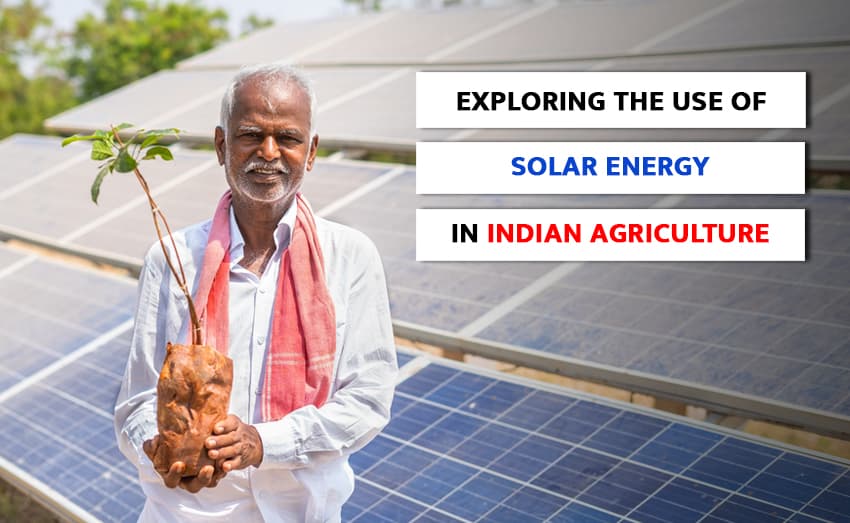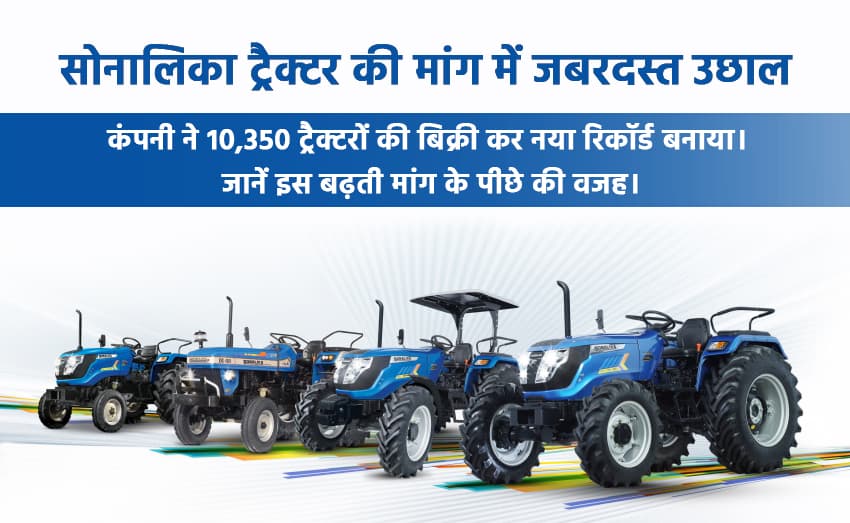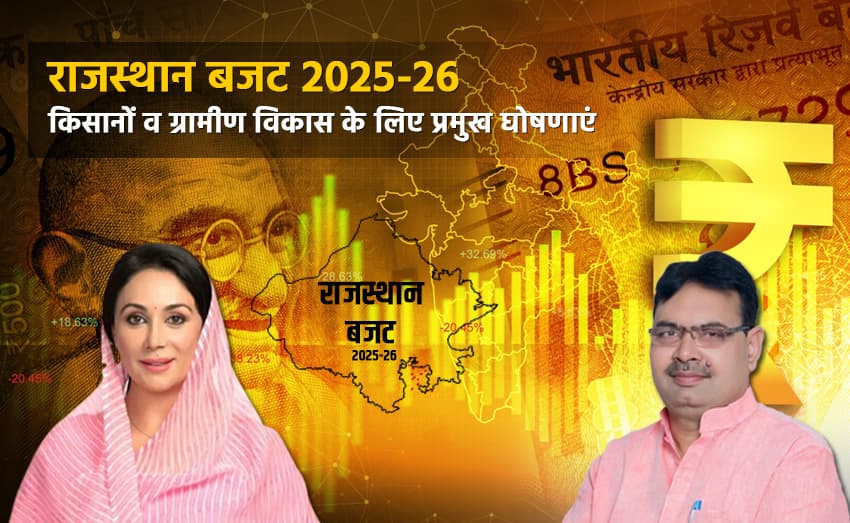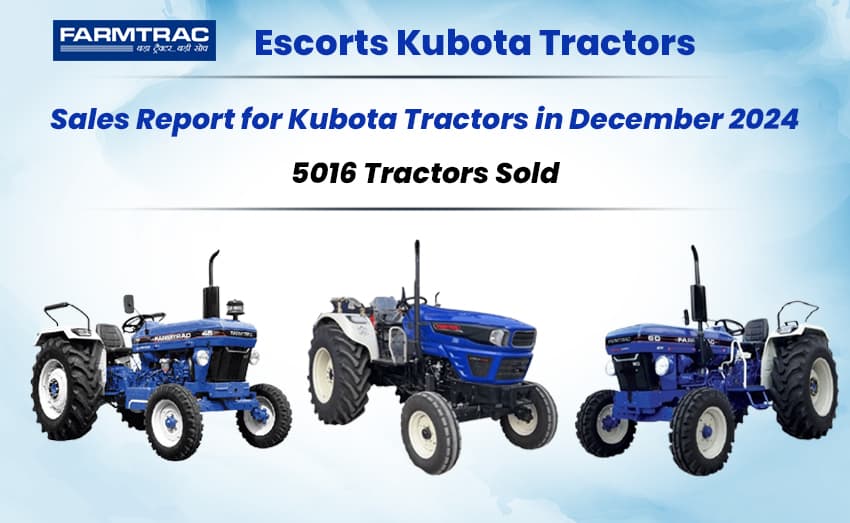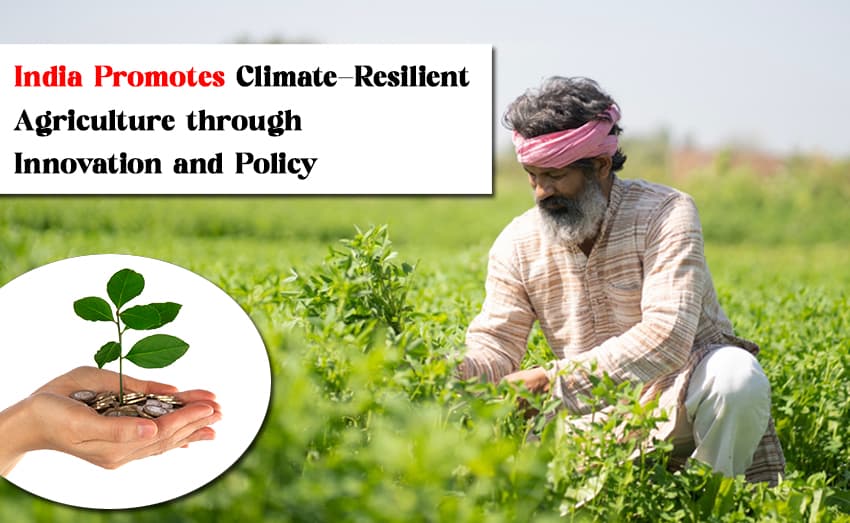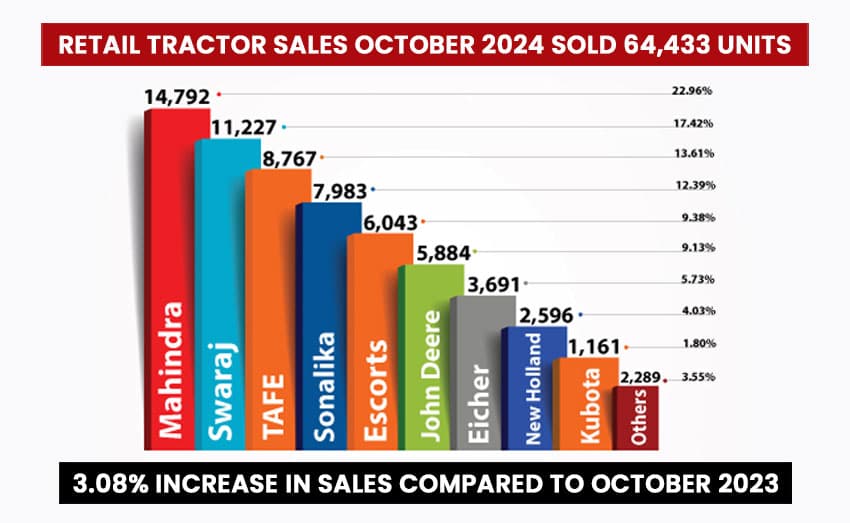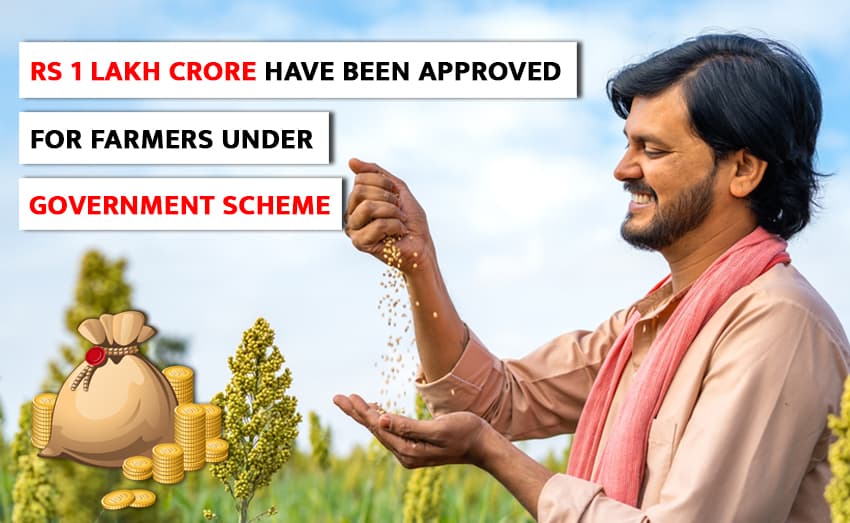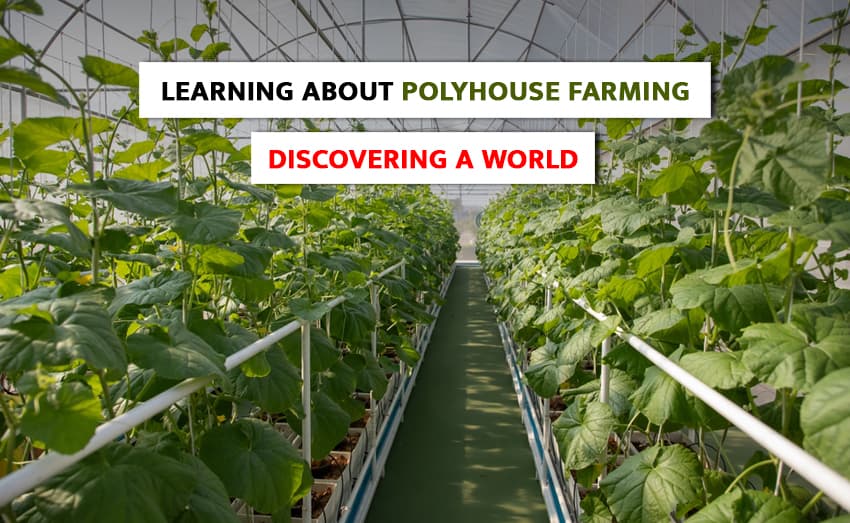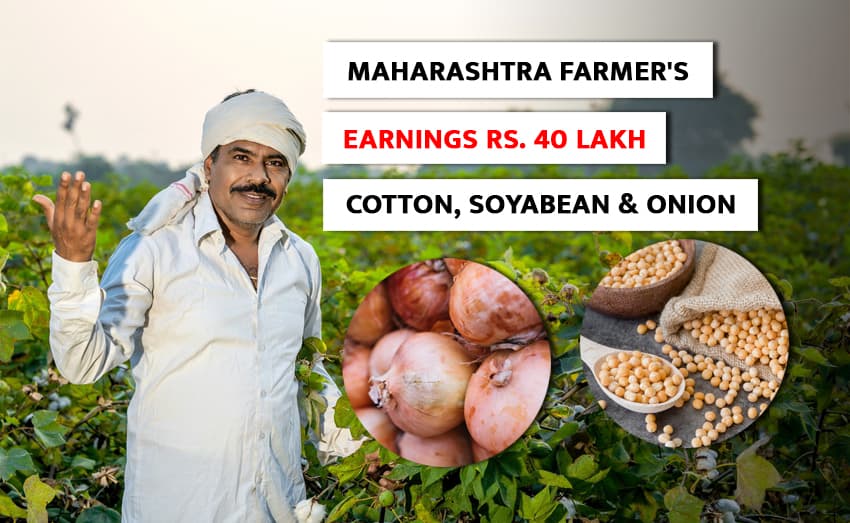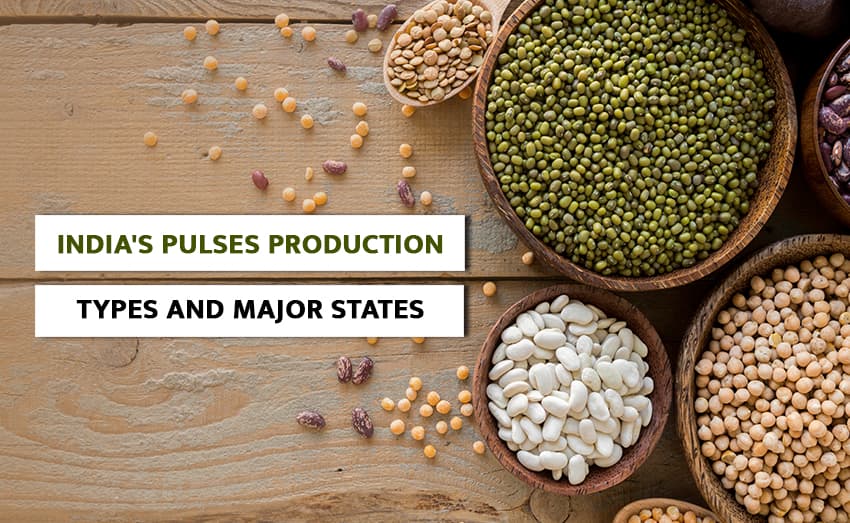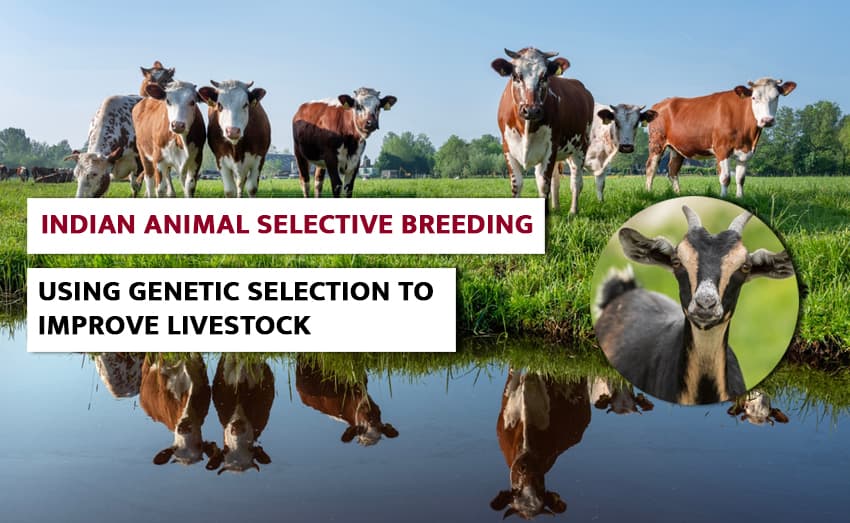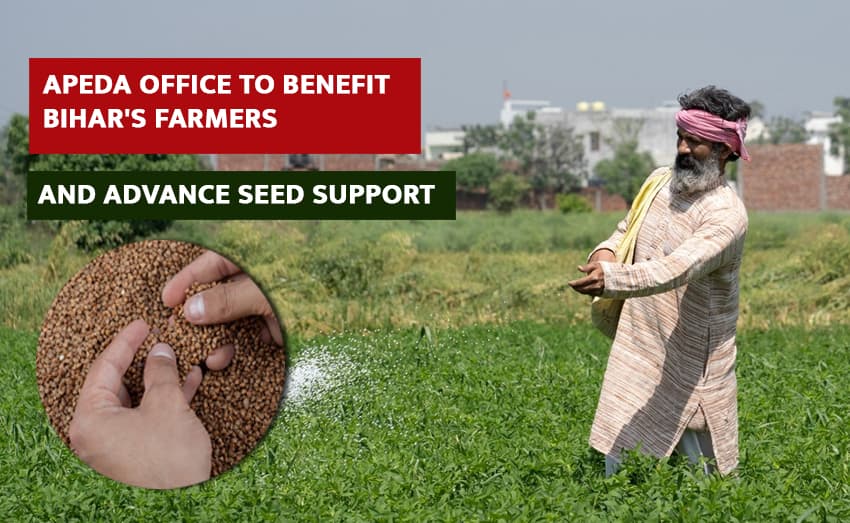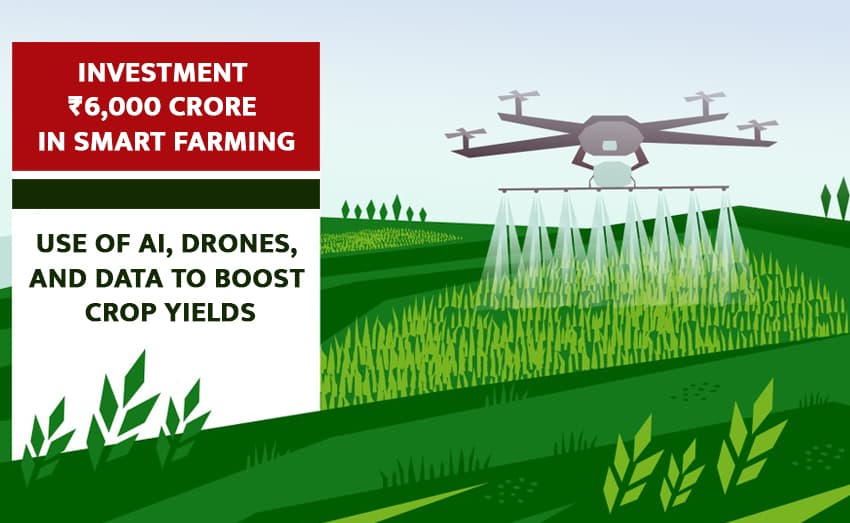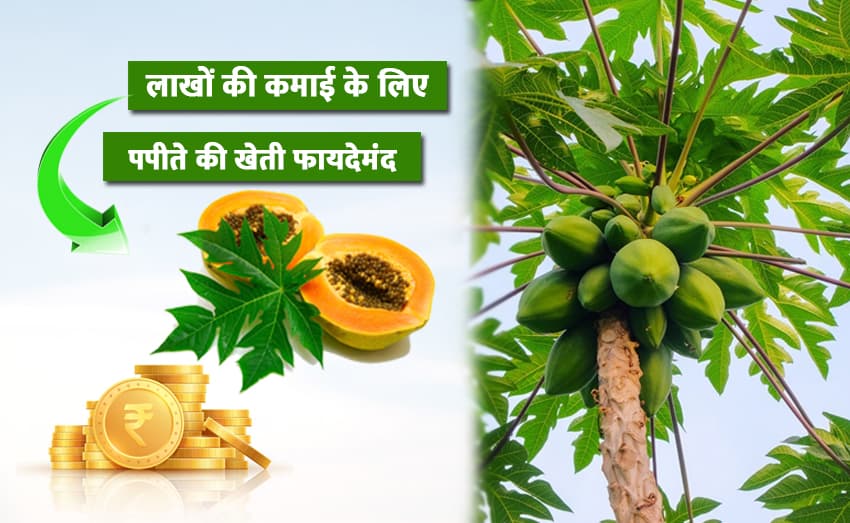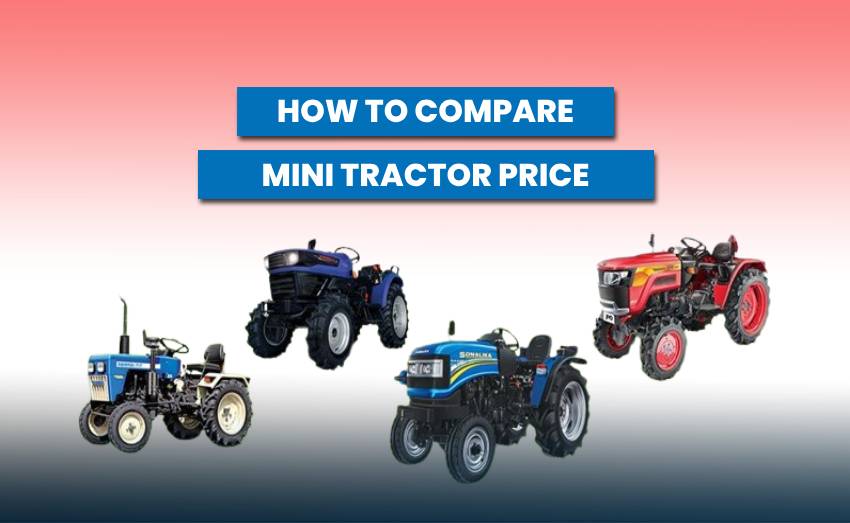India is no longer a mere observer in the solar energy sector; rather, it has become a significant participant in the solar revolution. India has emerged as one of the world's top five contenders in terms of solar power capacity. This blog will delve into the intricacies of solar energy, including its applications, advantages, and constraints in the context of Indian agriculture.
What is solar energy and how does it affect agriculture?
Solar energy is abundant and renewable. This energy can be employed to produce electricity or heat for a variety of applications. There are two critical categories of solar energy technologies for the utilization of solar energy: Concentrating Solar Thermal Power (CSP) and Solar Photovoltaic (SPV). The SPV is employed to generate electricity directly, while the CSP is employed to generate heat that is subsequently stored for the purpose of generating electricity. The CSP is primarily employed in extremely large power facilities and is not widely used in agriculture. Conversely, solar photovoltaic is appropriate for agricultural purposes.
Solar photovoltaics involves the utilization of solar panels to produce electricity, which is then utilized for refrigeration, illumination, and pumping. PV cells in the solar panel are responsible for radiation absorption. This generates the necessary current and electrical charges for the generation of electricity. This direct current of electricity is subsequently retained in solar batteries via an inverter.
Given our comprehension of the operation and storage of solar energy. Let us investigate the agricultural implications of this solar energy.
Utilization of Solar Energy in Agriculture
Solar energy has an infinite potential as a resource. It is employed in a variety of agricultural applications. Let us engage in a conversation about them below:
Solar Fencing
Solar-powered fencing is an additional advantageous application of solar energy in agriculture, as it safeguards crops from intruders or untamed animals. The solar panel converts the absorbed sunlight into electricity, which is then stored in the battery to power the fence, with the assistance of the SPV system. The battery is maintained at a constant charge by the solar panel, which ensures that the fence is operational at all times. A solar fencing energizer is employed between the battery and the fence. The fence is powered by the conversion of low voltage current to high voltage current. When the solar fencing is in contact with an object that causes a moderate shock, it generates a current.
Solar Insect and Pest Trap
A solar insect and pest trap is a device that employs solar energy to capture detrimental insects in agricultural fields. It is charged during the day and commences operation automatically at night. Its SPV system comprises a battery, solar panel, LED bulb, motor, pump, and pest receptacle. The power generated by the panel is stored in the battery, which is then discharged to the LED lamp. The LED bulb is employed to entice insects and pests, which are subsequently collected in a pest basin that is filled with water. The pump is employed to replenish the basin with water, while the motor is employed to tilt the basin for cleansing.
Solar Pumps
Water pumping and hoisting are the most advantageous applications of solar energy in the irrigation sector. Solar pumps or water pumps are operated by solar energy, primarily through the use of the SPV system. The solar energy is converted into DC and AC with the assistance of a solar panel and inverter. The AC electricity is then utilized to extract water from sources such as wells, tubewells, tanks, agricultural ponds, and surface water from canals or rivers, with the assistance of a water pump motor. Subsequently, this elevated water is employed to irrigate crops.
Solar Dryers
Solar Dryers are predominantly employed to remove moisture from a variety of vegetables and fruits. They utilize photovoltaic or thermal panels, solar collectors, energy storage materials, biomass, thermal recovery units, humidification-dehumidification desalination units, and sorbent materials. indirect, direct, combined, and hybrid solar dryers are the four categories into which solar dryers are divided. Nevertheless, the flat solar collector and greenhouse effect are the fundamental principles upon which all solar dryers are founded. Solar dryers are significantly more convenient and superior to open courtyard drying.
Solar Milking Machine
Cows, buffaloes, and other milch animals are milked using solar milking machinery. It is powered by the electricity produced by the solar panels and the batteries that store it. In contrast to the conventional milking procedure, they are both economical and efficient.
Benefits of Solar Energy in Agriculture
Based on the applications of solar energy in the agricultural sector, it is evident that it provides farmers with a variety of advantages:
1. Environmentally Friendly: Solar energy is a non-polluting resource, in contrast to other resources such as fossil fuels. Consequently, solar-powered machines or devices are environmentally secure and do not generate any pollution.
2. Government Support: The Indian government is a strong advocate for the use of solar energy in agriculture. Consequently, the government has implemented numerous initiatives, including the PM-KUSUM yojana, to provide producers with subsidies for SPV systems.
3. Dependable: Solar energy is advantageous in rural regions where conventional power systems have not been adequately established. This power option is more consistent, predictable, and reliable.
4. Renewable Energy: Solar energy is an infinitely renewable source of energy. It is also readily transportable to various components. Consequently, you can utilize it in an excessive amount without concern for your electricity expenditures.
5. Water Conservation: The replacement of water as a resource for electricity generation with sunlight reduces water consumption and waste. Additionally, the integration of water conservation strategies with solar photovoltaic (SPV) systems results in a more cost-effective solution. It optimizes the utilization of groundwater.
6. Low Maintenance: The SPV systems are a one-time investment that necessitate minimal servicing and no refueling, making them relatively low maintenance.
Constraints of Solar Energy in Agriculture
Despite the numerous advantages of solar energy, it also has certain disadvantages:
1. Expensive Initial Costs: Despite the government's extensive subsidies for the installation of solar photovoltaic (SPV) systems, they remain prohibitively expensive for marginal farmers.
2. Land Use: The implementation of solar panels or an SPV system necessitates a substantial amount of land.
3. Weather Dependent: The solar-powered applications are significantly influenced by the weather and sunlight. The production of solar power may decrease on cloudy days during the rainy season or the winter season, as there is insufficient sunlight.
Nevertheless, these obstacles can be surmounted through the inter-sectoral collaboration of the private sector, NGOs, banks, financial institutions, and government. Additionally, in order to ensure that solar energy is available for use during the inclement or winter season, it is necessary to store it in excess in batteries, taking into account the weather dependency. This necessitates the development of effectively designed institutional mechanisms to foster closer collaboration between the agricultural and energy sectors. The complete potential of solar energy in agriculture can be unlocked through all of these initiatives.

